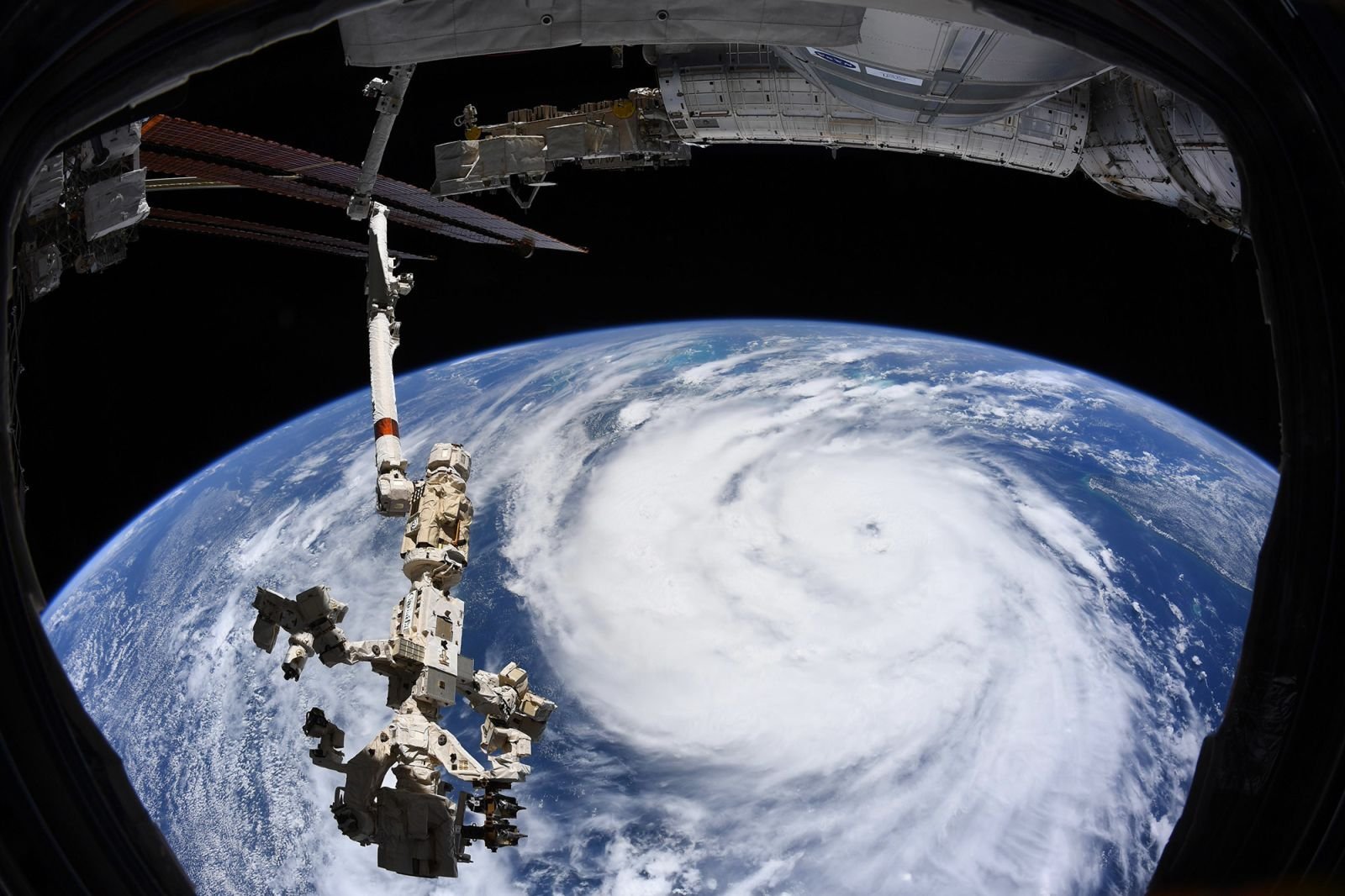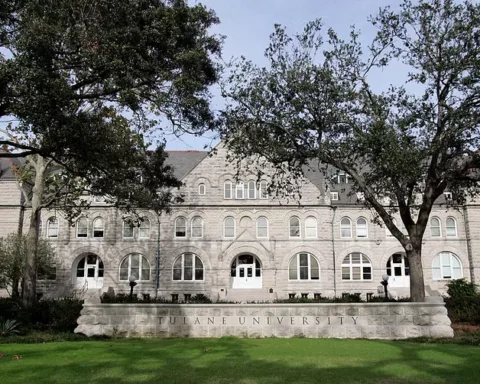Hurricane Ida slammed Louisiana with devastating force Sunday as a Category 4 hurricane, leaving at least one person dead and more than 1 million customers without power as it flooded homes, ripped off roofs and trapped residents in dangerous rising waters.
While the scope of the damage won’t be clear until day breaks Monday and teams can assess the chaos, initial reports indicate the situation for many residents who stayed behind is dire.
The storm slowed after it made landfall around 1 p.m. ET Sunday near Port Fourchon, delivering catastrophic winds and torrential rains for hours.
Ida weakened to a tropical storm early Monday, with sustained winds of 60 mph over southwestern Mississippi, and the continued threat of life-threatening flash flooding.
“We’ve suffered flooding before. We suffered storms before. But I’ve never seen water like this in my life. It just hit us in the worst way possible, and it was such a massive storm that it just totally devastated us,” said Tim Kerner Jr., mayor of Jean Lafitte, south of New Orleans.
Levees were overtopped in his city and residents were forced to their roofs, waiting for rescue boats to arrive, Kerner said.
“We’re going to make sure we get as many boats as possible,” to assist with rescues, he said, adding that boats were ready to move in as soon as the weather broke. “It really breaks your heart when you know those people and you can’t get to those people.”
Ida slammed into Louisiana on the 16th anniversary of Hurricane Katrina, tying with 2020’s Hurricane Laura and the Last Island Hurricane of 1856 as the strongest ever to hit the state.
More than 1 million customers in Louisiana were without power as of early Monday morning, according to PowerOutage.US. Among them is all of Orleans Parish, which was hit with “catastrophic transmission damage,” the city office tweeted Sunday night. More than 110,000 customers were without power in Mississippi, PowerOutage.US reported.
Entergy Louisiana said some of its customers could be without power for weeks. And the storm surge of up to 15 feet and winds as strong as 150 mph could leave parts of southeast Louisiana “uninhabitable for weeks or months,” according to a local hurricane statement from the National Weather Service in New Orleans.
Residents trapped by rising waters in their homes
In part of Plaquemines Parish southeast of New Orleans, flash flooding was reported early Monday morning after a levee failed near Highway 23, according to the National Weather Service. Based on the number of calls, texts and emails coming from the area, Louisiana Lt. Governor Billy Nungesser earlier told CNN he believes there were probably “several dozen” people who didn’t leave the parish and were waiting out the storm.
In parts of Jefferson Parish, next to New Orleans, officials have gotten calls from people asking for help as water rose chest-deep in their homes, Parish President Cynthia Lee Sheng told CNN Sunday night. But with high winds, flooding and reports of hazards, including downed power lines and uprooted trees, Sheng said the dangerous conditions have prevented emergency crews from helping.
Tornadoes will continue to be a threat for the Gulf Coast through Monday, with the threat expanding into central and northern Mississippi and Alabama.
The storm is expected to turn northeast Monday and head to the middle Tennessee Valley and Upper Ohio Valley through Wednesday.
The Tennessee Emergency Management Agency advised residents across the state Sunday to prepare for Ida, warning that heavy rain and flooding are possible in areas still recovering from a flood emergency last weekend.
Until then, Louisiana will bear the brunt of the rain, flooding and wind.
“I haven’t seen relentless wind (like this) in my lifetime,” St. Bernard Parish President Guy McInnis told CNN.
Hospitals damaged and roadways closed
Resources to help those affected by the storm have been impacted as well, with hospital staff relying on generators to keep life-saving machines running and sleeping on air mattresses in their workplaces. And New Orleans 9-1-1 reported technical difficulties amid power outages as of Monday morning, encouraging anyone experiencing an emergency to find their nearest fire station or approach the nearest officer.
Hospitals dealing with storm damage and attending to victims of the hurricane were largely already stretched by the Covid-19 pandemic.
“Before going into this storm, our hospital was already almost at capacity,” Ochsner Health System’s Dr. Derek Smith told CNN. “We know the coming hours are going to be even more of a test.”
The hospital is running on generators, and staff there have been locked in — sleeping on air mattresses and working around the clock to care for patients, Smith said.
In Lafourche Parish southwest of New Orleans, two of the three hospitals sustained damage in Sunday’s epic storm, parish Sheriff Craig Webre told CNN.
A portion of the roof of The Lady of the Sea General Hospital in Galliano was ripped off as Ida came ashore, Webre told CNN’s Pamela Brown. The county was also forced to relocate its emergency operations center to a different building after the first building’s roof began to leak Sunday, Webre told CNN.
Every road in Lafourche Parish was impassible Sunday night, Webre told CNN.
Hattiesburg, Mississippi, hadn’t yet felt the worst of Ida when Mayor Toby Barker spoke to CNN Sunday night, but officials there were bracing for damage from the storm and stress on their hospitals.
“We know that both our hospitals are at capacity because of Covid, and we really need everyone tonight just to make good decisions,” Barker said.
The storm has also impacted access for rescuers to get in and residents to get out.
The Kerner Swing Bridge in Jefferson Parish south of New Orleans was hit by a barge Sunday as Ida beat down on Louisiana, according to the parish government, prompting officials to warn residents it may not be safe to drive across.
“Any residents that may still be in Lafitte are advised to not attempt to drive on this bridge. We do not believe it is structurally safe,” Jefferson Parish tweeted.
And due to fallen trees on the roadway, the Louisiana Department of Transportation and Development shut down about 22 miles of Interstate 10, a major thoroughfare that transits the state east to west.
Governor asks for aid with ‘one of the strongest storms to ever hit Louisiana’
Once the storm does calm, 21 urban search and rescue teams from about 15 states will be ready to search, Louisiana Gov. John Bel Edwards told CNN Sunday.
“At the height of a hurricane, you can’t get first responders out because it’s just simply too dangerous. The wind speeds don’t allow for that,” he explained. “Just as soon as we can, we will be engaged in very robust search and rescue operations.”
President Joe Biden granted Edwards’ request for a major disaster declaration, ordering federal agencies Sunday night to supplement state and local recovery efforts.
“It’s tough all over southeast Louisiana,” Edwards said. “This is a very devastating storm.”







